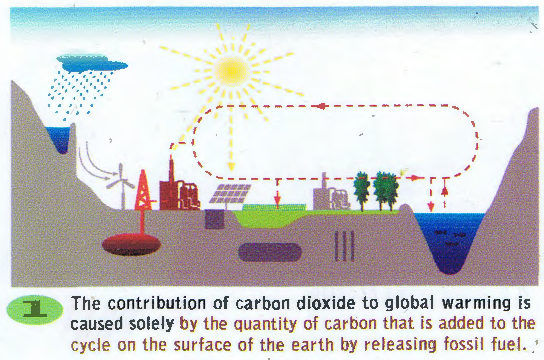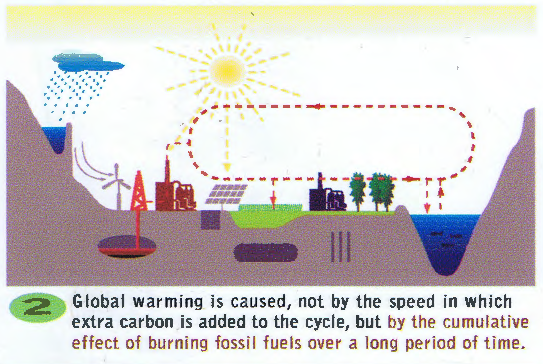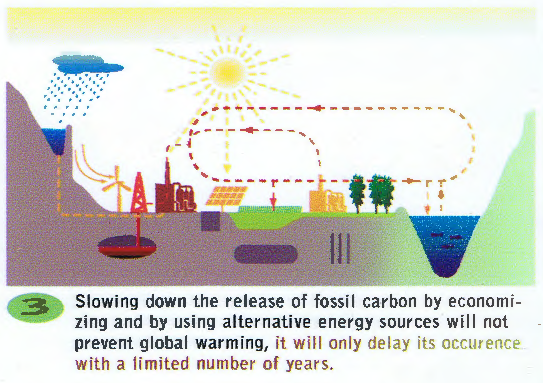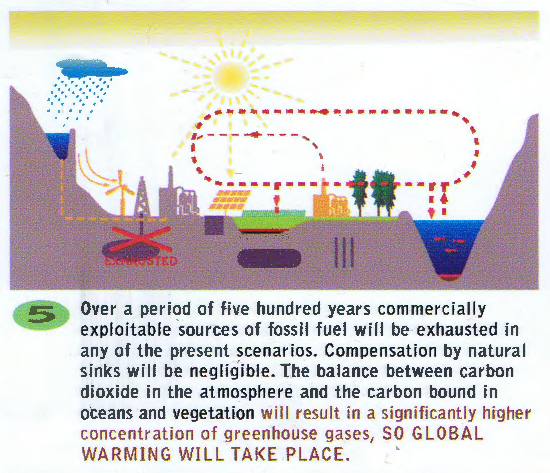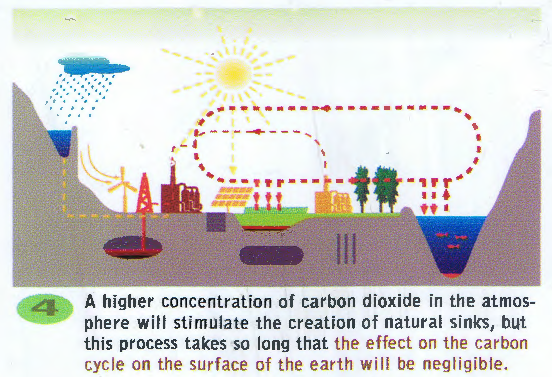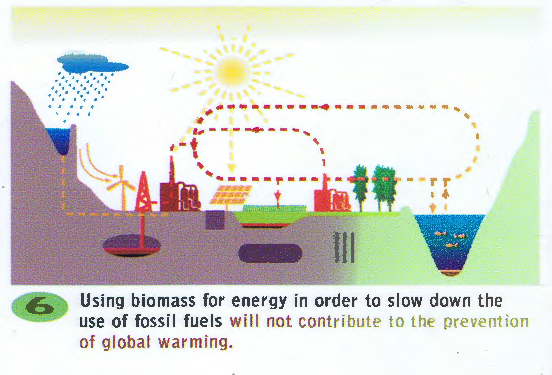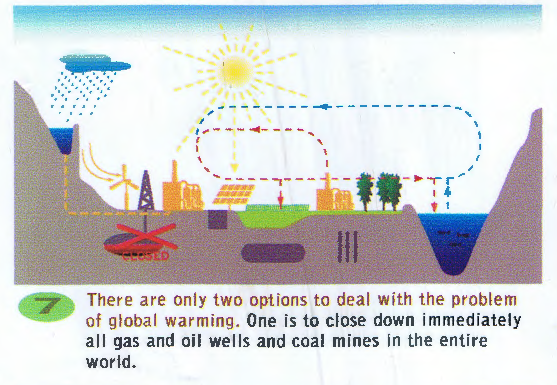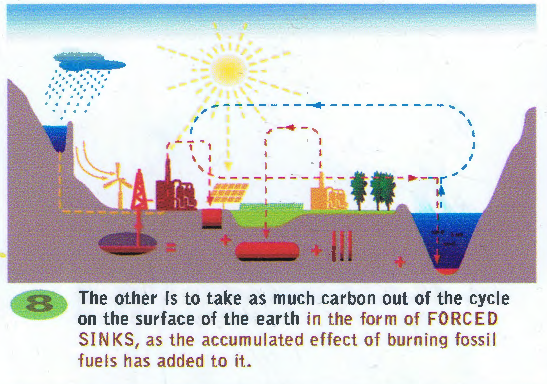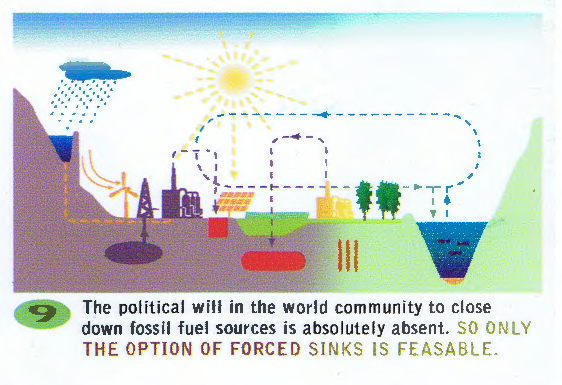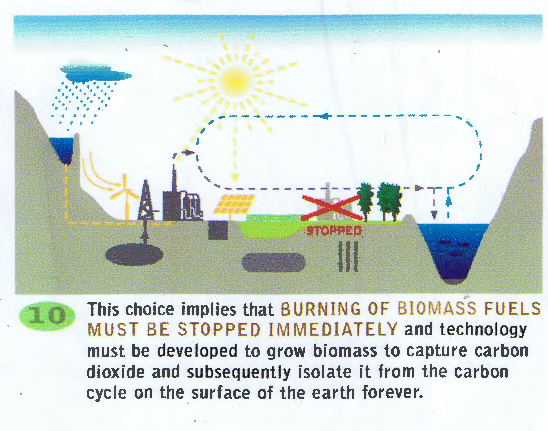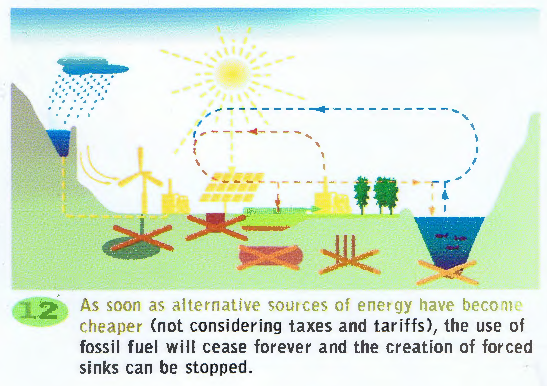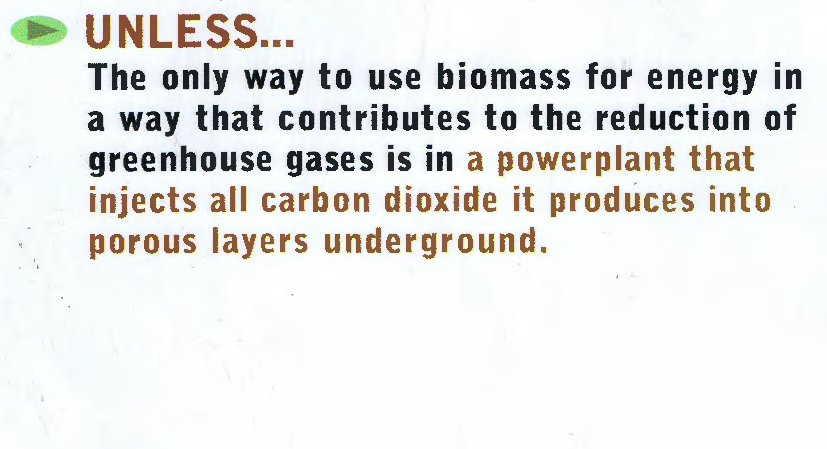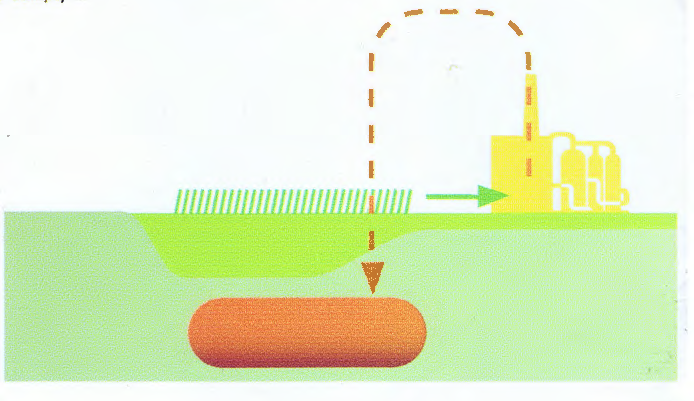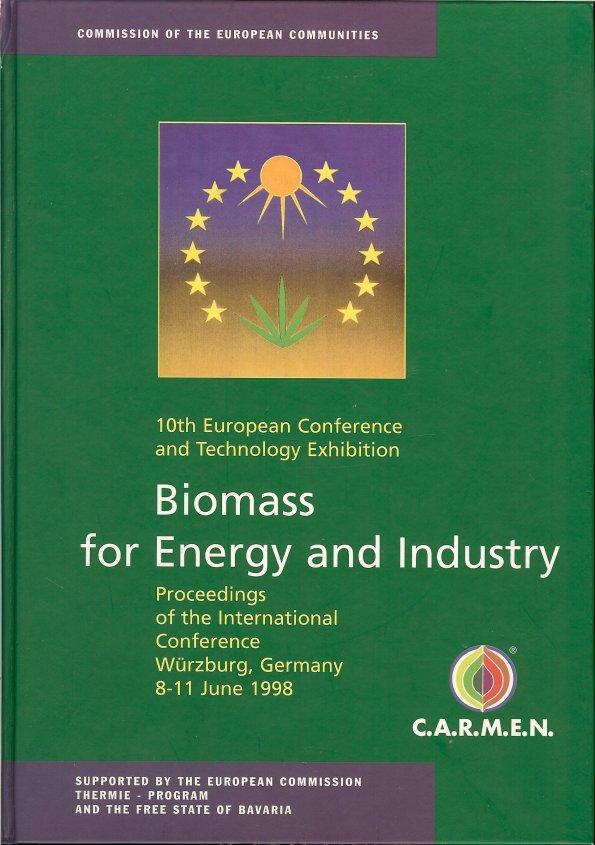
In 1998 I presented the concept of Carbon Pile Driving
At a European conference on Biomass for Energy and Industry I proposed that it’s better to store biomass in the soil than to use it as fuel. As I expected the conference to be visited by people who promote biomass as a fuel for power plants, I provocatively titled my paper:
STOP BURNING BIOMASS!
The logic behind climate change had intrigued me since the early nineties. It was fascinating to see how many people wanted to believe it not to be true. But just as fascinating was the Calvinistic reflex of self-flagellation and economizing, believing that if we would live a good life, it would all go away. I saw that finding alternatives for fossil fuel would only slow down climate change. Only two measures made sense to me: close all fossil sources for ever AND take as much carbon out of the cycle as we have cumulatively added.
When there was a call for papers in 1997 for a big conference, I wrote an article in which I first presented the idea of the Underground Forest and tried to come to the logical conclusion that burning biomass was counterproductive. I did add an UNLESS… you sequester all the CO2 it produces in sealed off aquifers, the principle that we now call BECCS.
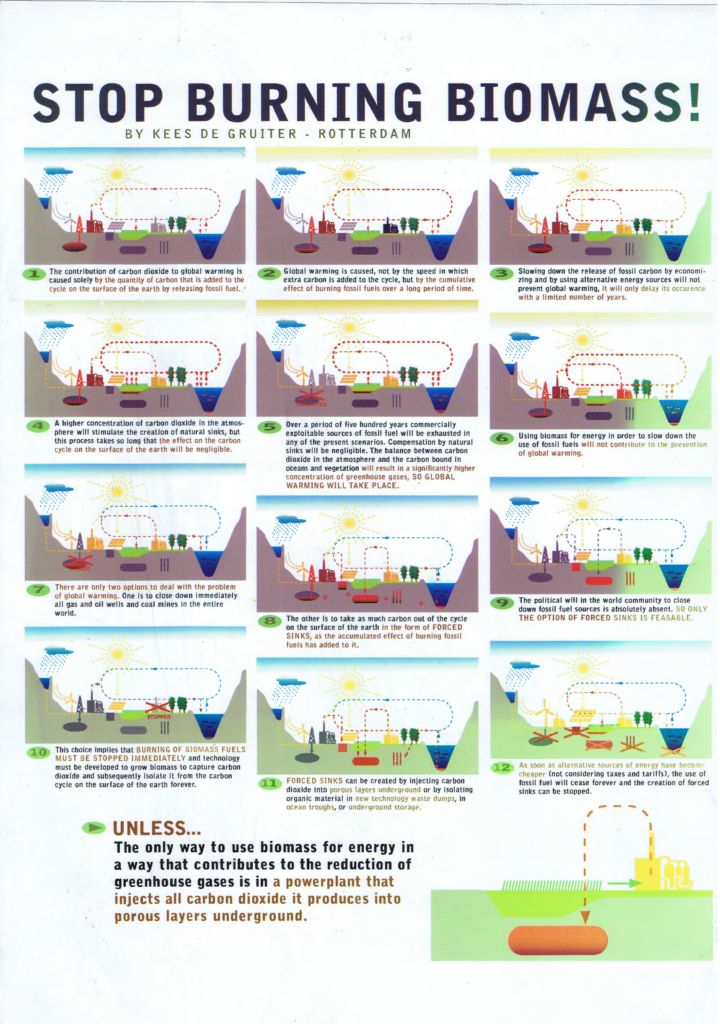
Poster Presentation
I was invited to give a presentation supported by an illustrated poster that set out the logic behind my reasoning. These poster presentations wer a kind of market place where participants could explain their entries. I made a big poster with 14 diagrams explaining that if we continue adding fossil carbon, there is only one way to repair the damages: store carbon underground that we now know as Carbon Dioxide Removal (CDR)
I also presented the idea to plant production forests and drive the harvested trunks into the ground in the waterlogged soils of the river deltas of the world. Yvo Zijlstra designed the diagrams and the poster that you see to the left. Sunlight has affected the colors a bit, but the elements can still be made out. See the separate diagrams below.
